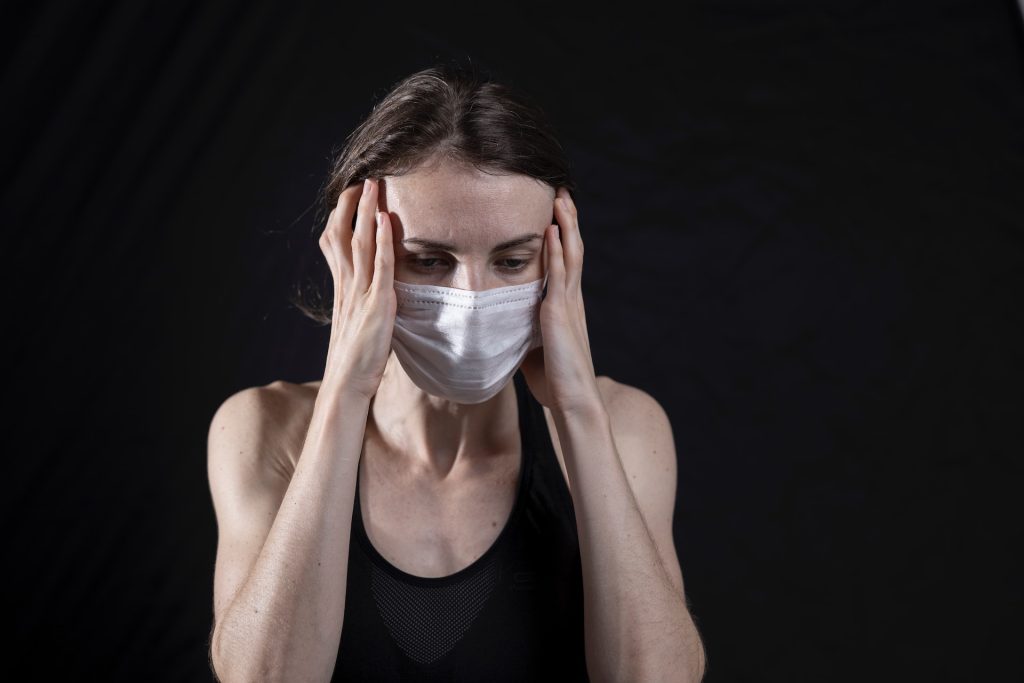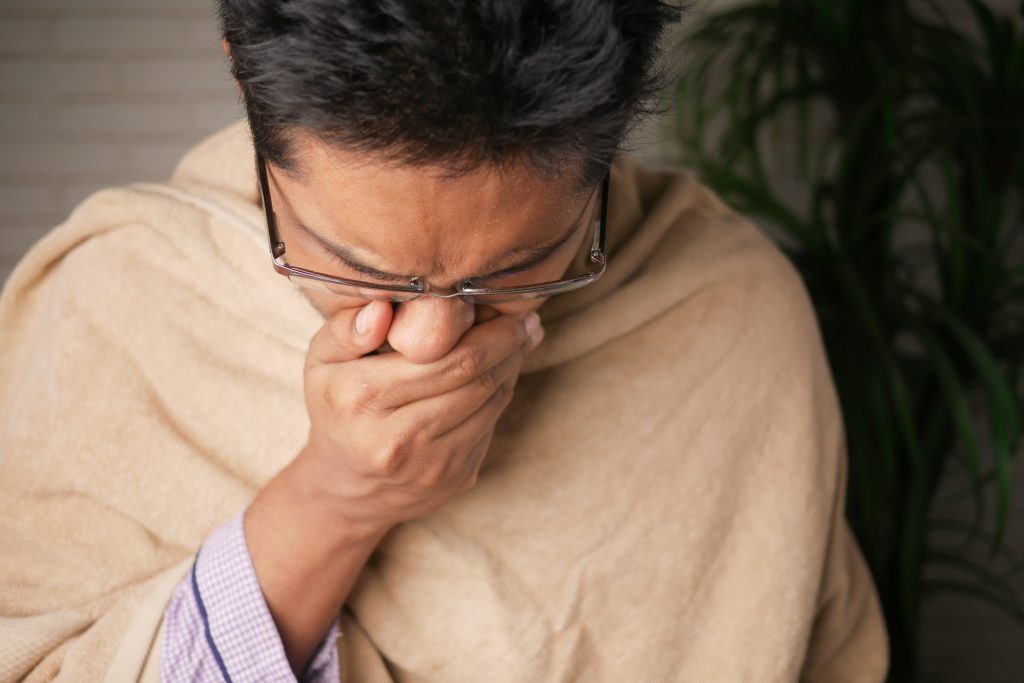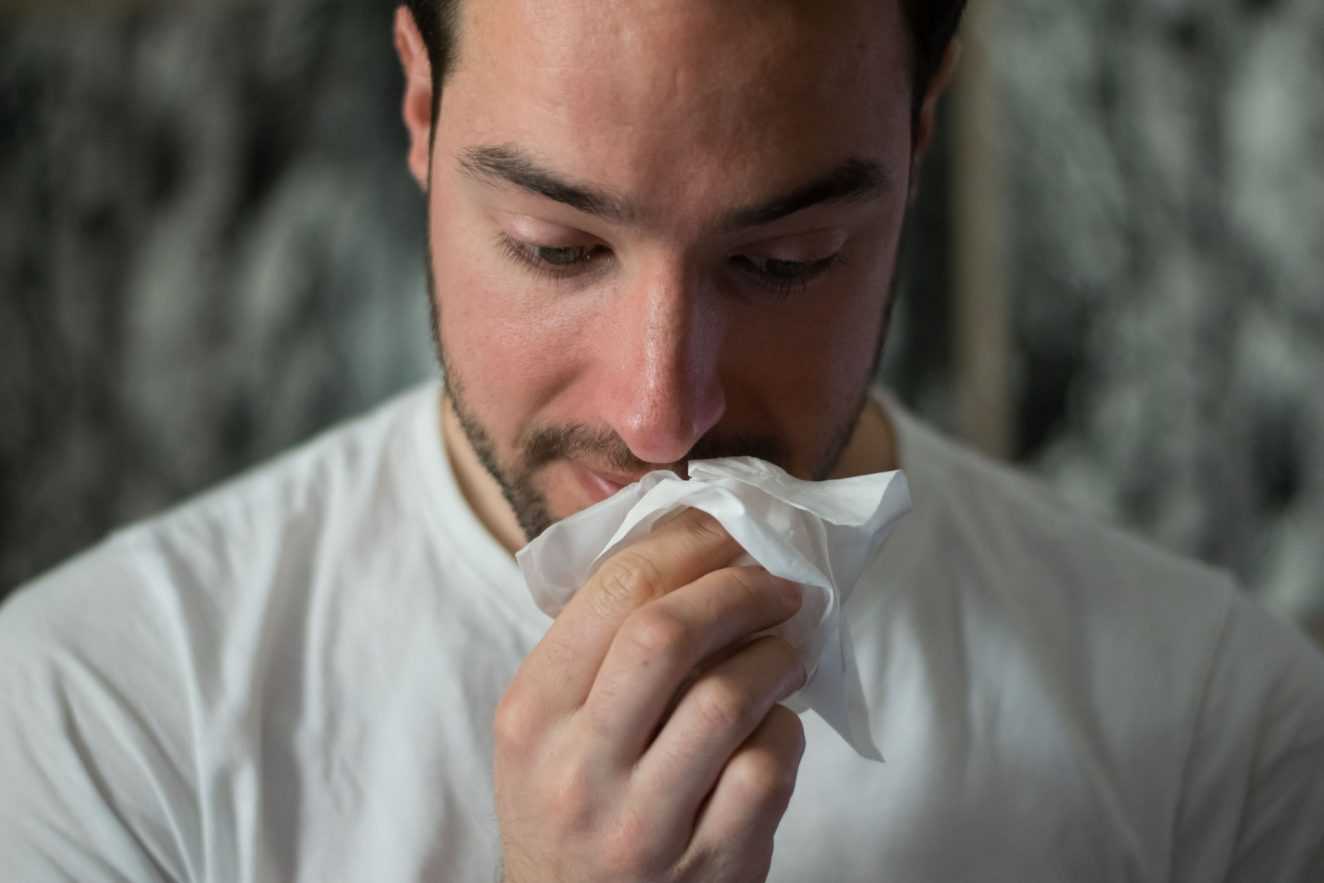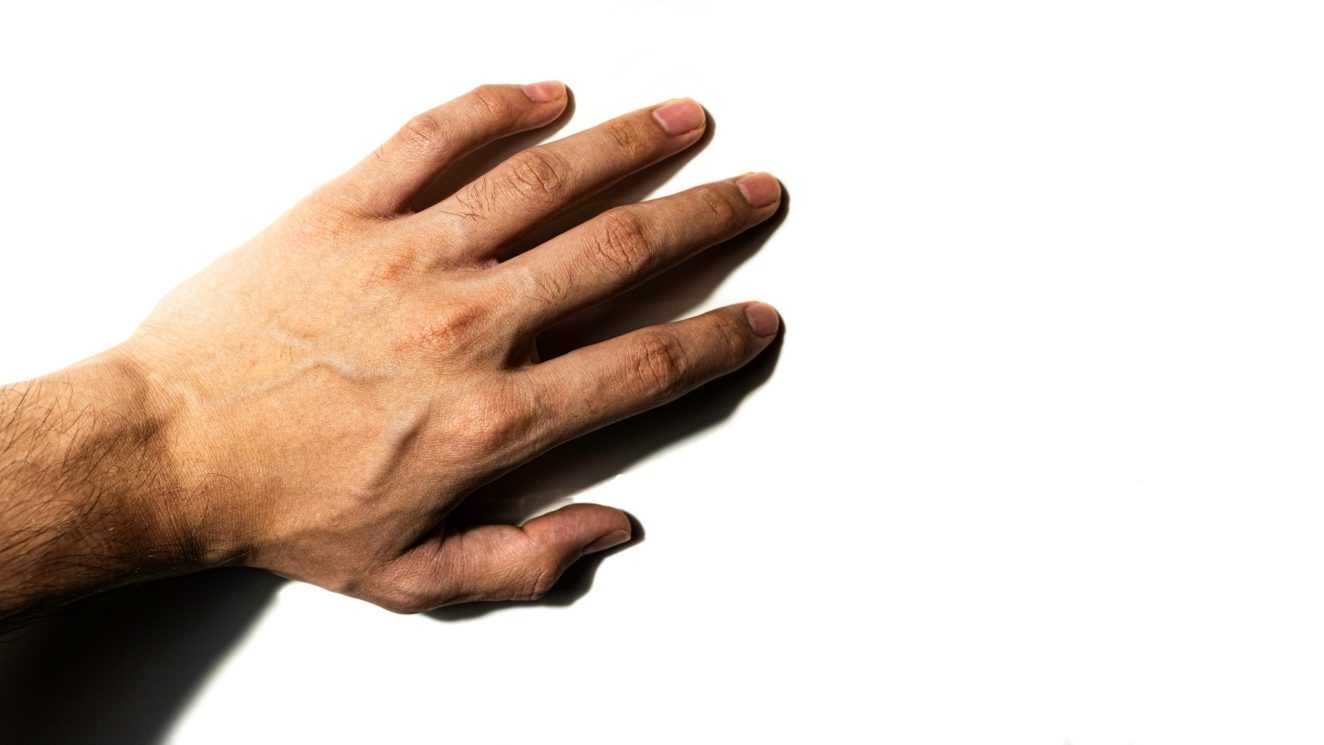We’ve all been there – the sniffles, a scratchy throat, and endless sneezing signaling the arrival of the common cold. It’s a familiar foe, but there’s much more to this ailment than meets the eye. Ever wondered why some people seem to catch colds more often than others? Let’s unravel the secrets of the common cold, from its origins to practical tips on staying healthy.

Understanding the Common Cold
What Is It?
The common cold is an illness caused by tiny, infectious invaders called viruses. With over 200 types lurking around, the rhinovirus takes the crown as the most common culprit, responsible for at least half of all colds. Other troublemakers include the coronavirus, respiratory syncytial virus, influenza, and parainfluenza.
These viral troublemakers lead millions to stay home, causing a whopping 22 million school days to be lost each year in the U.S. due to colds. Americans collectively endure about 1 billion colds annually.
How It Starts
The cold bug is contagious, spreading from person to person through direct physical contact or by touching contaminated surfaces like doorknobs or keyboards. Sneezes and coughs release infected droplets into the air, adding another way to catch this common annoyance.
Once the virus latches onto your nose or throat lining, your immune system kicks into action. White blood cells charge in for an attack, but if it’s a new strain, reinforcements are called in. This battle leaves your nose and throat inflamed, producing mucus that makes you feel downright miserable and tired.
Let’s debunk a myth: Chilly or wet weather doesn’t cause colds. However, being overly tired, stressed, or having allergies can make you more susceptible to catching a cold.

Common Cold Symptoms
When the cold strikes, expect familiar symptoms:
- Scratchy or sore throat
- Sneezing
- Stuffy nose
- Watery eyes
- Mucus draining from nose to throat
Severe symptoms like high fever or muscle aches might indicate the flu rather than a common cold.
Kids and Colds
Children bear the brunt of colds, averaging 5-7 per year. The reasons are many – close contact in schools or daycares, less adherence to sneezing etiquette, and fewer handwashing habits. Their immune systems might not have encountered as many cold strains as adults, making them more susceptible.
Other Causes of the Common Cold
Interestingly, 10%-15% of adult colds stem from viruses responsible for more severe respiratory illnesses. Still, 20%-30% of adult cold causes remain unidentified. The same viruses seem to cause colds in children, though the specific strains remain unclear.
Busting Cold Myths
Contrary to popular belief, cold exposure or weather changes don’t directly cause colds. Viruses, not temperature, are the true culprits.
Staying Healthy and Cold-Free
Prevention Is Key
- Wash hands regularly to eliminate germs.
- Avoid touching your face, especially your nose and mouth.
- Practice good respiratory hygiene – sneeze into your elbow.
- Get enough sleep to keep your immune system robust.
Boosting Your Immunity
- Eat a balanced diet rich in fruits, vegetables, and whole grains.
- Exercise regularly to enhance overall health.
- Stay hydrated to support bodily functions.
- Manage stress through relaxation techniques.

The common cold might be an unwelcome visitor, but armed with knowledge and preventive measures, you can minimize its impact. Understanding how the cold spreads, recognizing symptoms, and adopting healthy habits are crucial steps toward staying sniffle-free. So, let’s bid farewell to the common cold’s mysteries and embrace a healthier, happier season.





